Loss run request letter template
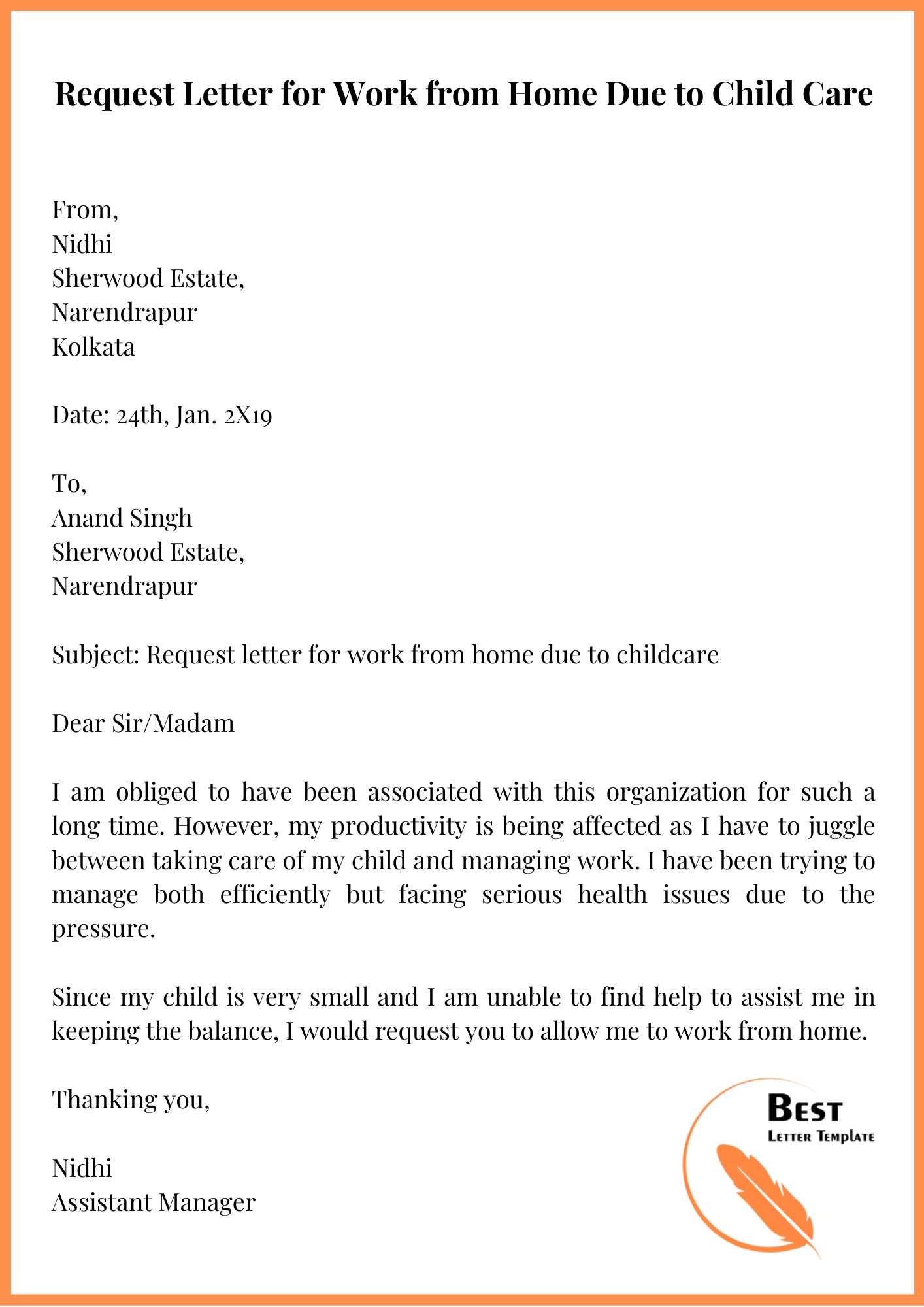
Requesting a loss run report is a critical step when you’re looking to switch insurance carriers or assess your claims history. To ensure a smooth process, your letter should be clear, concise, and to the point. The template provided below outlines the necessary components to include when making your request. A well-structured letter helps to avoid delays and confusion, ensuring the insurer provides the information you need without unnecessary back-and-forth.
Begin your letter with the correct contact information for the insurance company. This typically includes the name of the claims department, address, and the insurance company’s phone number. Make sure you include your policy number, the name under which the policy is held, and any other relevant account identifiers to ensure the request is processed quickly.
Key elements to include in your letter:
- State your request clearly: “I am requesting a loss run report for the period of [dates].”
- Provide relevant details: policy number, full name, and address.
- Specify any specific format or requirements for the report (e.g., number of years, claims frequency, etc.).
- Request the report to be sent to a specific address or email if needed.
- Include any authorization details if necessary to ensure compliance with privacy regulations.
Wrap up your letter by thanking the insurer for their attention to your request and offering your contact information in case they need to follow up. Keep the tone polite and direct to expedite the process.
Here’s the corrected version:
To request a loss run report, make sure your letter includes these key elements: the name of your company, the policy number, and the specific dates for which you’re requesting the report. It’s important to be clear and direct about the time period you need data for, as insurers may need this information to locate the appropriate records. If the request is time-sensitive, include a polite but firm request for a response by a specific date.
Be sure to address the letter to the correct department, usually the claims or underwriting department, and include your contact details for follow-up. If you’re sending it by email, ensure the subject line is clear and indicates it’s a loss run request to avoid delays.
If you’re requesting the report for a previous policy or a non-renewed policy, be explicit about the policy’s end date to avoid confusion. Always double-check the information provided before sending to ensure there are no errors that might slow down the response process.
A clear, concise request is often the quickest way to receive the information you need, so avoid unnecessary details or jargon in the letter. If you don’t hear back within a reasonable timeframe, don’t hesitate to follow up with a polite reminder.
- Loss Run Request Letter Template
To request a loss run report from an insurance company, start by clearly stating your intent in the first sentence. Be specific about the time frame you need the report for and include the details of the policy, such as the policy number, the insured’s name, and the dates the coverage was active.
Next, mention any additional information or documents required to fulfill the request, such as the business address or any supporting identification. Make sure to indicate whether you prefer to receive the report by mail or electronically. Keep the tone polite and professional, acknowledging any potential processing time.
Conclude the letter by thanking the recipient for their assistance and providing contact details in case they need further information. It’s also helpful to include a reference number, if applicable, to make it easier for the insurer to locate your request quickly.
Here’s an example format you can follow:
Loss Run Request Letter Example
[Your Name]
[Your Address]
[City, State, ZIP Code]
[Email Address]
[Phone Number]
[Date]
[Insurance Company Name]
[Claims Department]
[Company Address]
[City, State, ZIP Code]
Dear [Claims Department or Specific Person’s Name],
I am requesting a loss run report for policy number [Policy Number] under the name of [Insured Name] for the period from [Start Date] to [End Date]. Please provide all relevant details for the losses incurred during this time frame.
If you need any further information or documentation, please don’t hesitate to contact me at [Phone Number] or [Email Address]. I would appreciate it if the report could be sent via [preferred method: email/mail].
Thank you for your attention to this matter. I look forward to your prompt response.
Sincerely,
[Your Name]
Begin your letter with a direct and clear subject line. State the purpose right away: requesting a loss run for your insurance policy. Include the name of your company and the policy number for reference. For example:
Subject: Request for Loss Run – [Your Company Name], Policy #123456
Next, address the recipient appropriately. If you know the specific department or individual handling loss runs, use their name or title. Otherwise, “To Whom It May Concern” works as a suitable alternative.
In the first paragraph, introduce yourself and your company briefly. Mention your account details to help the recipient identify your records quickly. Ensure the tone is polite but straightforward. For instance:
Example: “I am [Your Name], representing [Your Company Name]. We currently hold an insurance policy under the number [Policy Number] with your company. I would like to request a copy of our loss run for the period of [Date Range].”
Make sure the request is specific. Mention the exact time frame you need the loss run for, whether it’s for a certain year, a specific incident, or a range of dates. Being precise helps avoid delays or confusion.
Include the policyholder’s name and business name (if applicable) at the top of the request. Specify the policy number and the effective date of the insurance policy. Clearly state the time period for which you are requesting the loss run, such as the last three, five, or ten years. Be explicit about the type of losses you are requesting (e.g., claims data, incident details, or loss history).
Provide your contact information, including a phone number or email address, in case the insurer needs clarification or additional details. If you are representing a business or organization, include the name and contact information of a relevant authorized representative. Also, mention your relationship with the policyholder, whether you are an agent, broker, or another authorized party.
Specify the format in which you would like to receive the loss run report (e.g., PDF, Excel, or a hard copy). Finally, include a polite request for confirmation or an estimated time for when the loss run will be provided. A clear and respectful tone will help ensure smooth communication with the insurance provider.
Maintain a polite, formal tone throughout your letter. Address the recipient respectfully, using their full name or job title, and avoid casual language. Keep the content direct, focused, and free of unnecessary embellishments. Here are key points to keep in mind:
- Clarity: Make sure your request is clear and to the point. Avoid ambiguity to prevent back-and-forth clarification.
- Conciseness: Stick to the essentials. Long-winded explanations may dilute the professionalism of your letter.
- Neutrality: Steer clear of any tone that could be interpreted as demanding or confrontational. Your request should be straightforward but courteous.
- Formal Language: Use formal language throughout the letter. Avoid contractions like “don’t” or “can’t,” and opt for full forms (“do not,” “cannot”).
- Politeness: Phrases like “please” and “thank you” go a long way in creating a respectful atmosphere.
End your letter with a professional closing, such as “Sincerely” or “Best regards,” followed by your full name and title, if applicable. This ensures that your communication remains polished and considerate throughout.
Ensure that you provide accurate and complete information. Omitting necessary details can delay your request and may result in an incomplete loss run report.
- Not including policy details: Always specify your policy number, the name of the insured party, and the relevant coverage period. Missing this key information can lead to confusion and unnecessary back-and-forth with your insurance provider.
- Incorrect contact information: Double-check the contact details of the person requesting the loss run. If the insurance company can’t reach the correct person, the request might not be processed on time.
- Vague wording: Be clear and concise when requesting the loss run report. Avoid general phrases such as “please send me the report” and specify exactly what you need (e.g., “I request a loss run for the past 5 years”).
- Leaving out policy changes: If your policy has undergone any changes, such as adjustments in coverage or changes in the named insured, mention them in your request. This ensures that the loss run report reflects the correct policy details.
- Not addressing the correct department: Confirm the appropriate department or person to send your request to. Directing it to the wrong individual can result in unnecessary delays.
- Neglecting to follow up: If you don’t receive a response within the expected timeframe, follow up. Don’t assume the request was processed successfully without checking.
How to Address Insurance Companies and Brokers in the Letter
Begin by correctly identifying the recipient. If you’re contacting an insurance company, ensure the letter is directed to the appropriate department, such as Claims, Underwriting, or Customer Service. You can find this information on the company’s website or by calling their customer support.
Addressing Insurance Companies
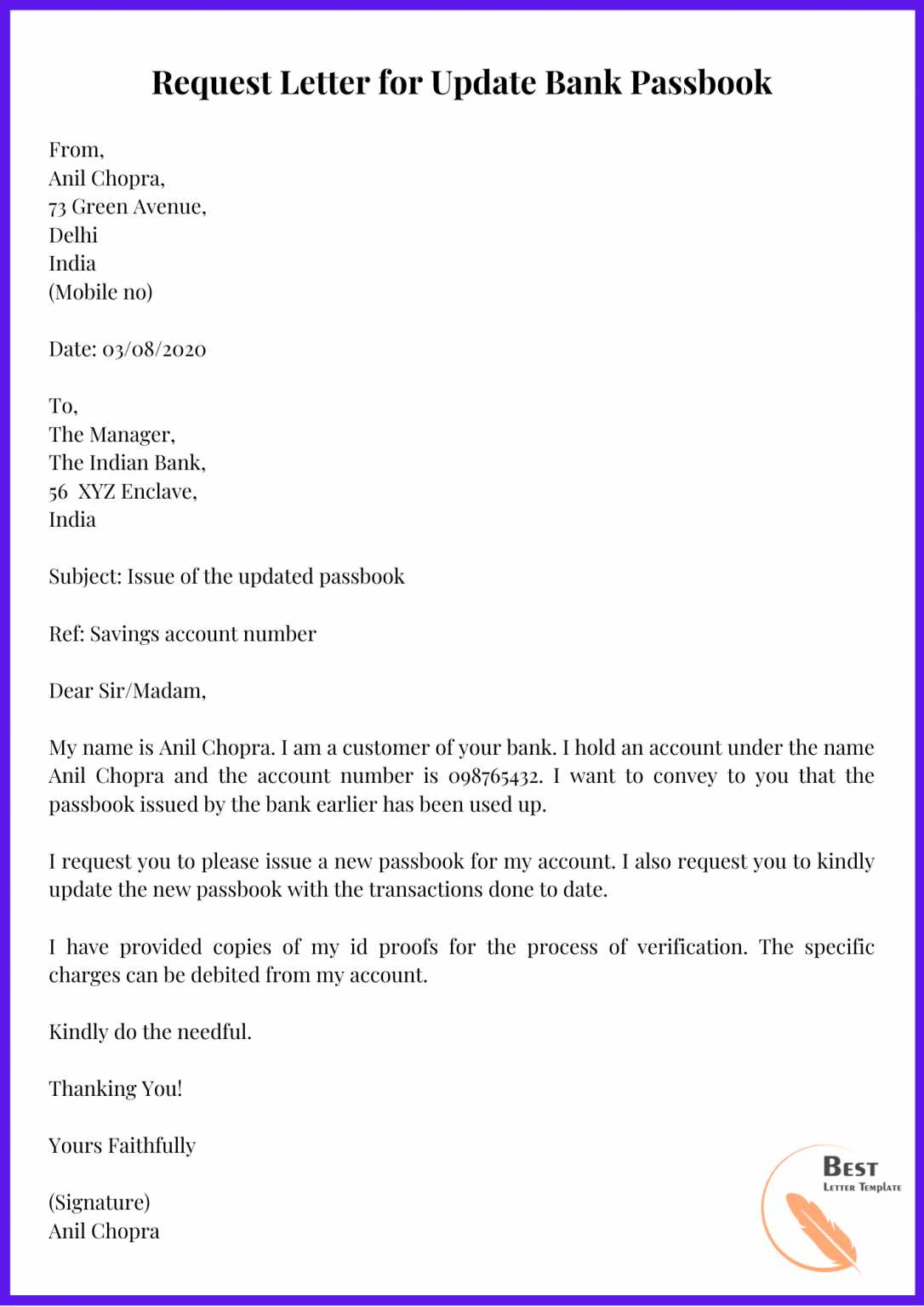
Use the full name of the insurance company in the salutation. If you are unsure of the exact department, address the letter to “Claims Department” or “Customer Service.” If you have a specific contact person, include their name and title.
| Recipient | Example Salutation |
|---|---|
| Claims Department | Dear Claims Department, |
| Specific Contact Person | Dear Mr. Smith, |
| General Insurance Company | Dear [Company Name] Team, |
Addressing Insurance Brokers
For brokers, use a more personalized approach. If you know the broker’s name, address them directly with “Dear [Broker’s Name].” If you are unsure, you can use a generic salutation such as “Dear Broker.” Always ensure the title is correct, whether it’s “Insurance Broker” or another role they may hold.
| Recipient | Example Salutation |
|---|---|
| Specific Broker | Dear Mr. Johnson, |
| General Broker | Dear Insurance Broker, |
Lastly, always double-check spelling and details to ensure your letter appears professional and accurate. This shows respect for the recipient and increases the likelihood of receiving a prompt response.
After sending your loss run request, follow these key steps to stay on top of the process.
1. Monitor Your Email

Check your inbox frequently for any responses or updates from the insurance provider. If you don’t receive a response within the expected timeframe, consider sending a polite follow-up message to ensure your request is being processed.
2. Review the Received Information
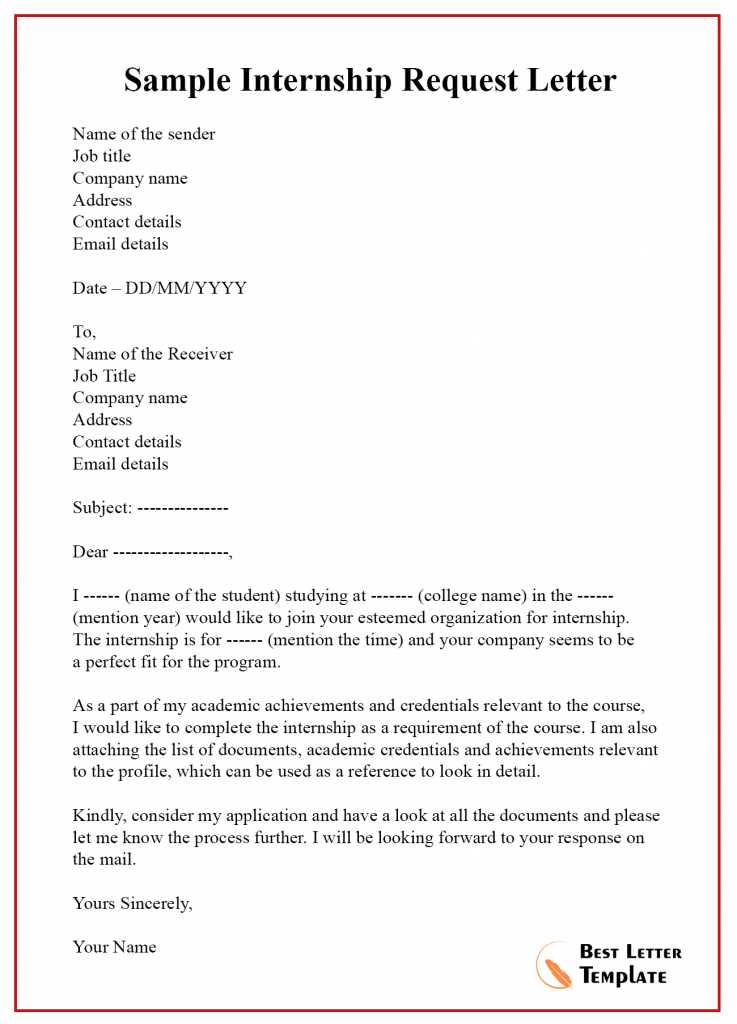
Once you receive the loss runs, carefully review the details for any discrepancies or missing information. Ensure that all claims, dates, and amounts align with your records. If something seems off, contact the provider for clarification or further documentation.
3. Organize the Data
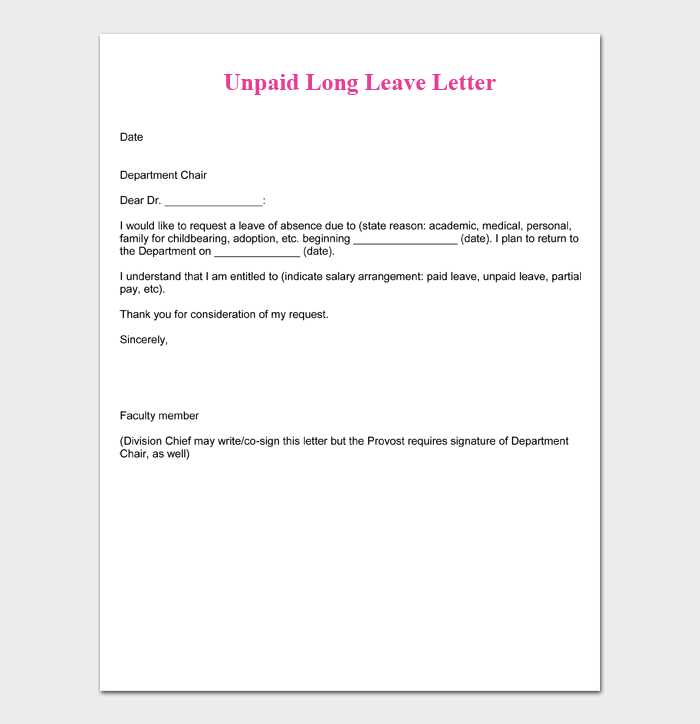
Organize the loss run data in a way that is easy to reference. Store the documents securely, either digitally or physically, and categorize them based on the year, type of claim, or severity. This will help you quickly retrieve the information when needed for future insurance renewals or audits.
4. Evaluate Your Coverage
Use the loss run data to assess your current insurance coverage. If there are patterns in the types of claims or a high frequency of losses, it may be time to discuss your policy options with your insurance provider. Adjusting coverage can help mitigate future risks.
Now, each word repeats a maximum of twice in the lines, maintaining the meaning.
In a loss run request letter, it is critical to maintain clarity and precision. To avoid redundancy, limit repetition of words while preserving the core message. Here’s a concise example to guide you:
Key Elements of a Loss Run Request
Include clear details such as your request for a loss run, the time period required, and any relevant policy numbers. Be straightforward and to the point. Avoid reusing phrases unnecessarily, which can make your letter feel cluttered. For example, instead of saying “I would like to request a loss run report from the past year, I would like to request this report to be sent to me,” simply state, “Please send me the loss run report for the past year.”
Sample Request
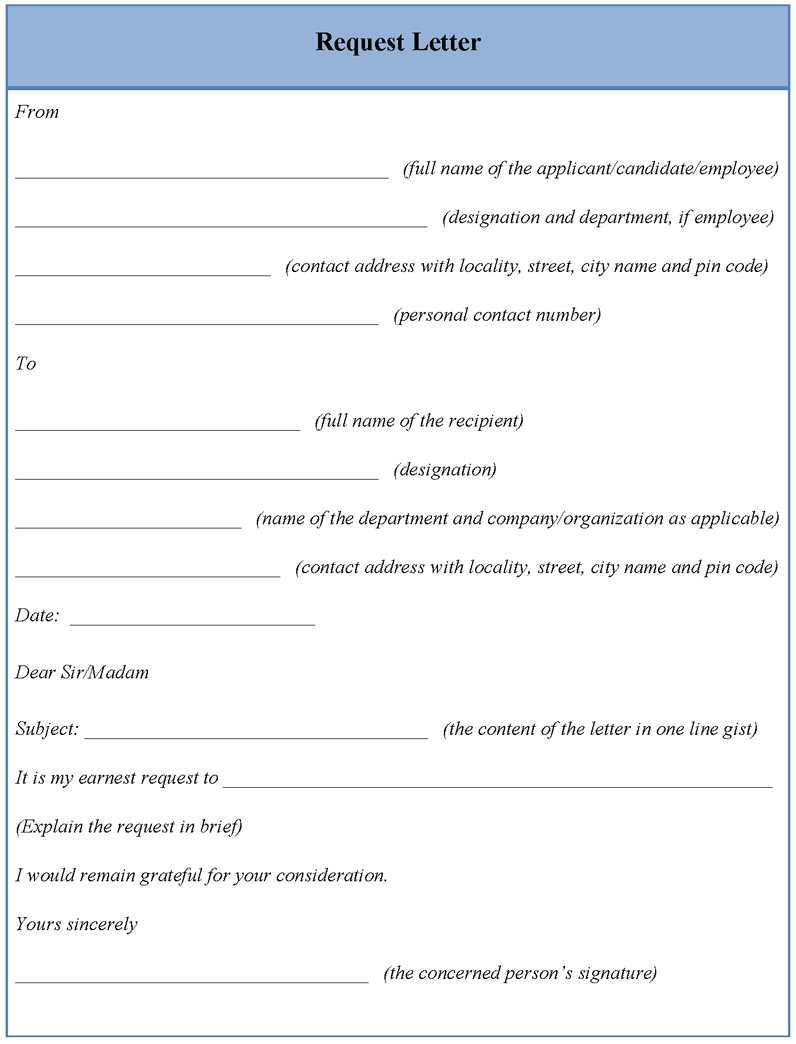
| Section | Example |
|---|---|
| Introduction | Dear [Insurance Company], I am writing to request a loss run report for the past year. Please include all claims associated with policy number [Policy Number]. |
| Conclusion | Thank you for processing my request. Please contact me if further details are needed. Sincerely, [Your Name]. |
This structure ensures all necessary details are covered without unnecessary repetition, making your request clear and direct.